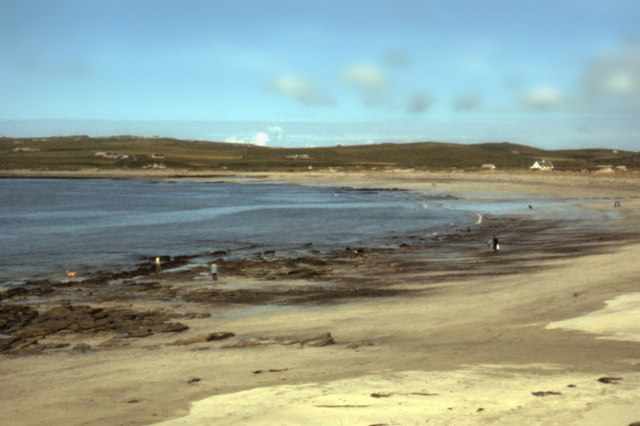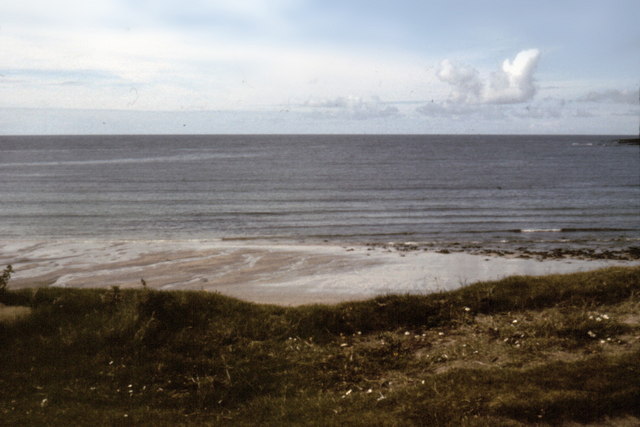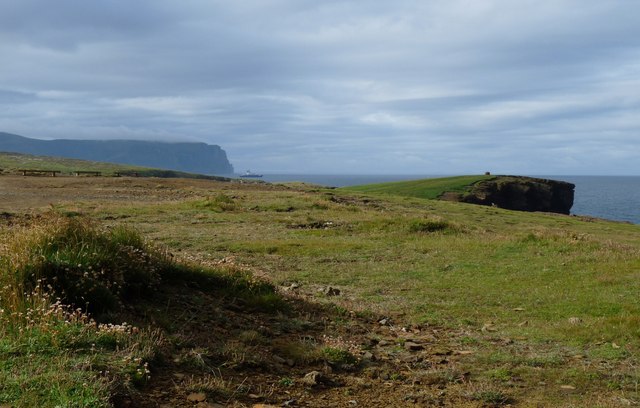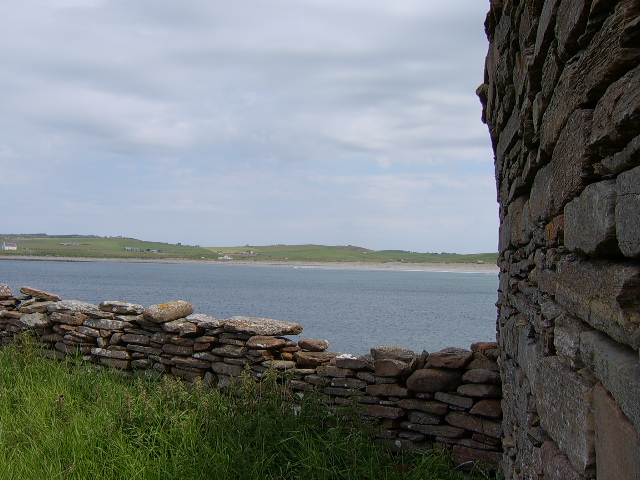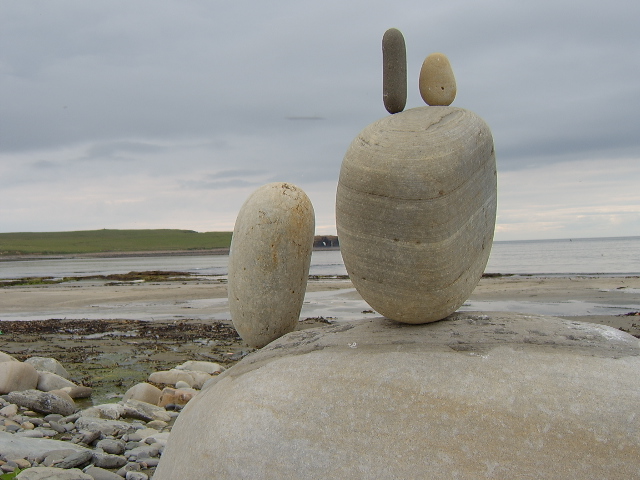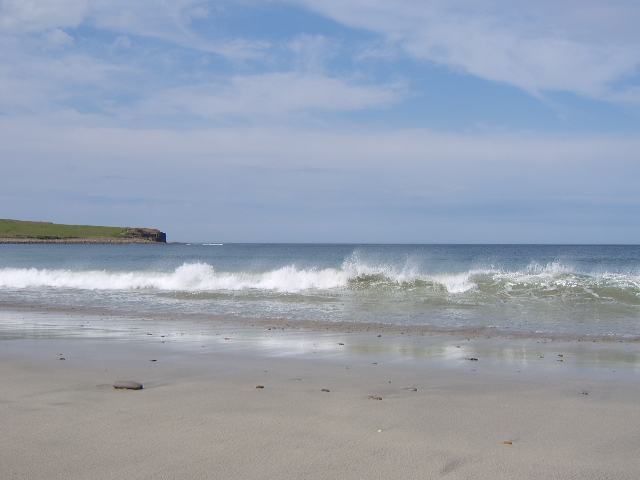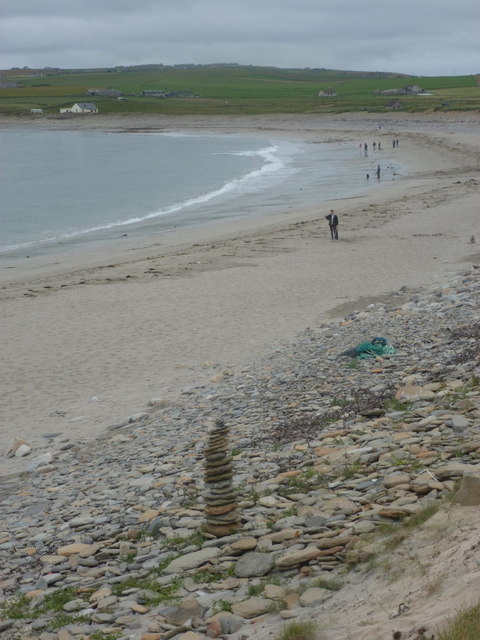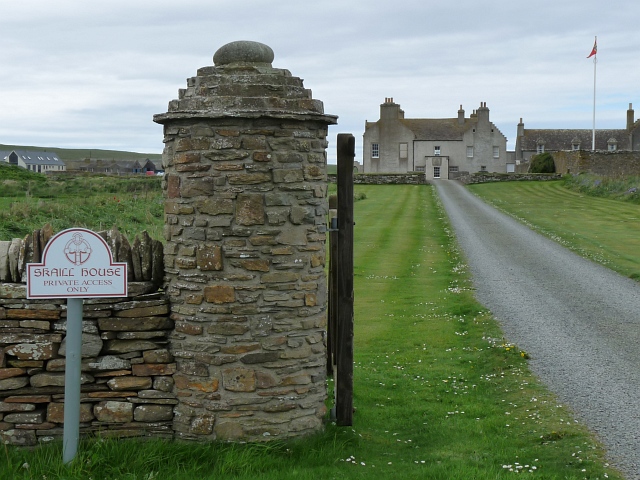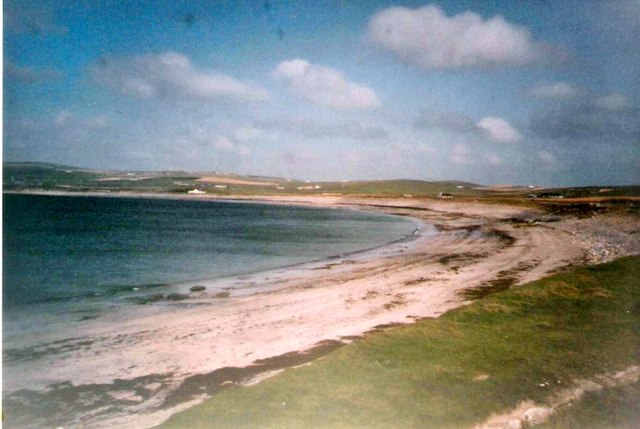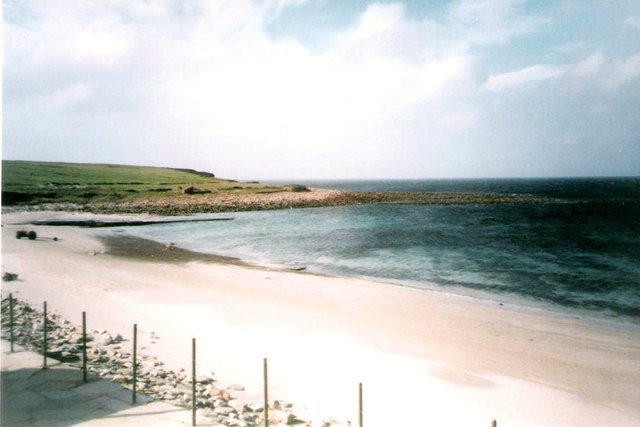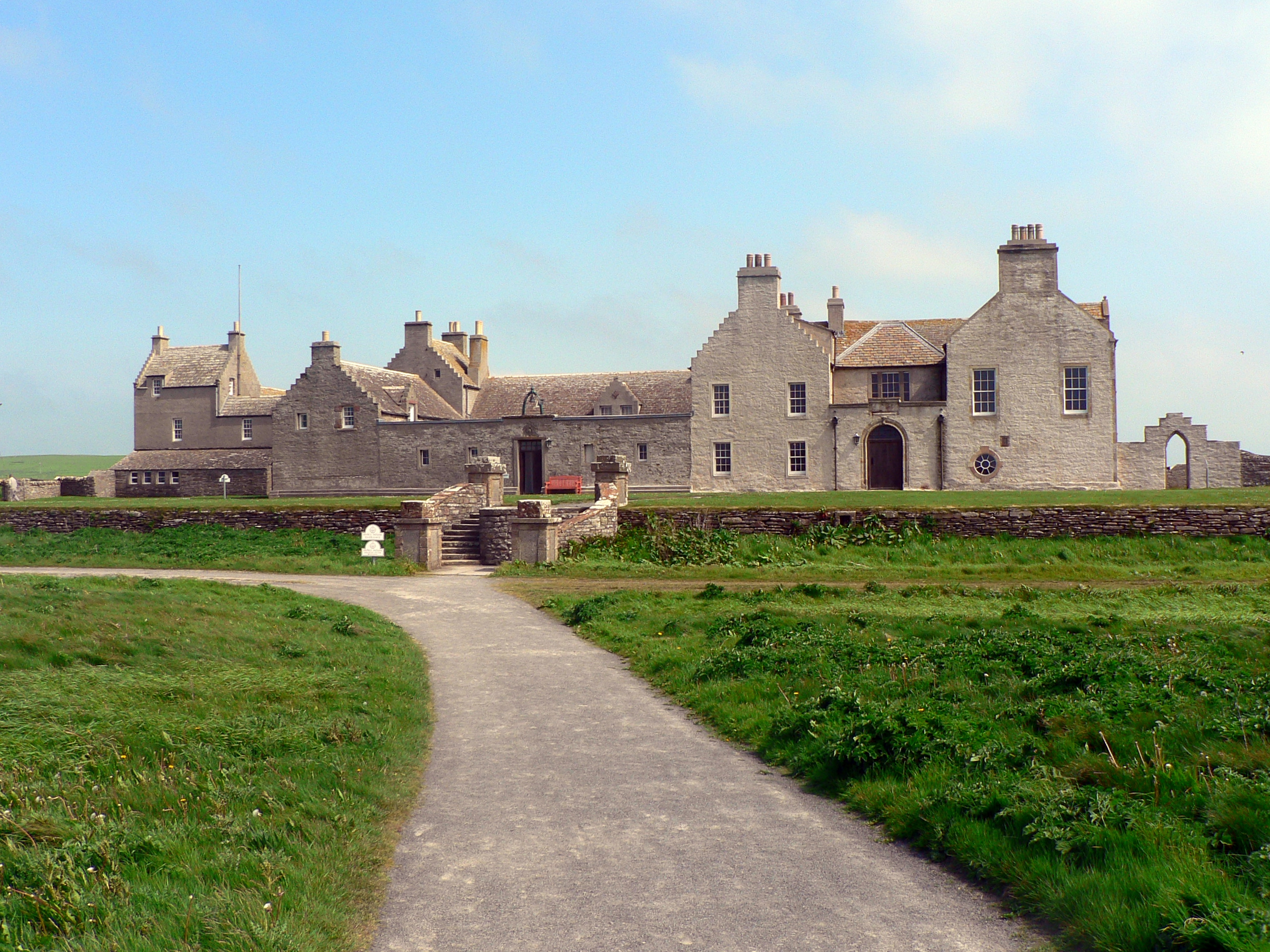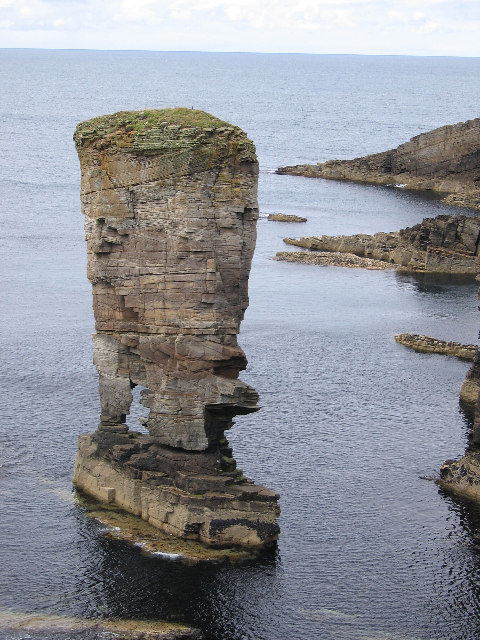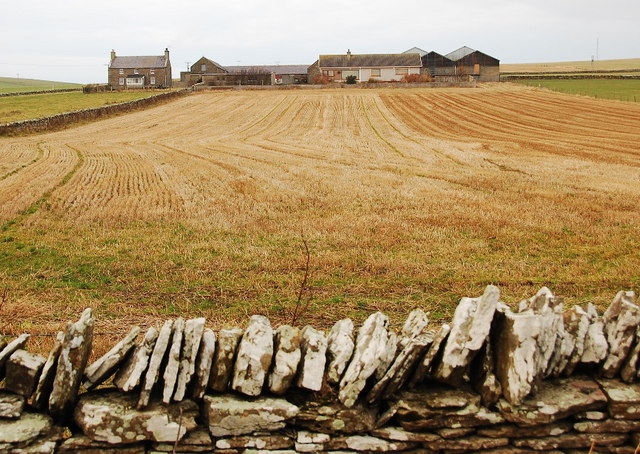Cruban
Coastal Feature, Headland, Point in Orkney
Scotland
Cruban
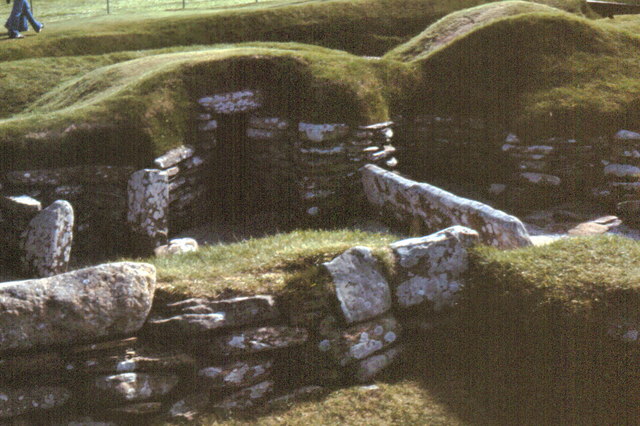
Cruban is a prominent coastal feature located in Orkney, an archipelago situated off the northeastern coast of Scotland. It is specifically recognized as a headland or point, jutting out into the North Sea. Cruban is known for its picturesque landscape, characterized by rugged cliffs, scenic beaches, and stunning views of the surrounding ocean.
The headland is composed of sedimentary rocks, primarily sandstone and limestone, which have been shaped and eroded over millions of years by the relentless action of wind and waves. This geological formation gives Cruban its distinctive appearance and contributes to its significance as a natural landmark.
Cruban is home to a rich and diverse ecosystem, with various marine and bird species inhabiting the surrounding waters and cliffs. The area is particularly renowned for its seabird colonies, including puffins, razorbills, and guillemots. Many birdwatchers and nature enthusiasts flock to Cruban to observe these fascinating creatures in their natural habitat.
In addition to its natural beauty, Cruban has historical importance as well. The headland is dotted with remnants of ancient settlements, including archaeological sites, burial mounds, and standing stones. These cultural artifacts provide valuable insights into the lives and customs of the early inhabitants of Orkney.
Overall, Cruban is a captivating coastal feature that combines stunning natural landscapes with a rich historical heritage. Its rugged cliffs, sandy beaches, and diverse wildlife make it an ideal destination for outdoor enthusiasts, photographers, and those seeking a deeper connection with the natural world.
If you have any feedback on the listing, please let us know in the comments section below.
Cruban Images
Images are sourced within 2km of 59.042213/-3.3543082 or Grid Reference HY2218. Thanks to Geograph Open Source API. All images are credited.

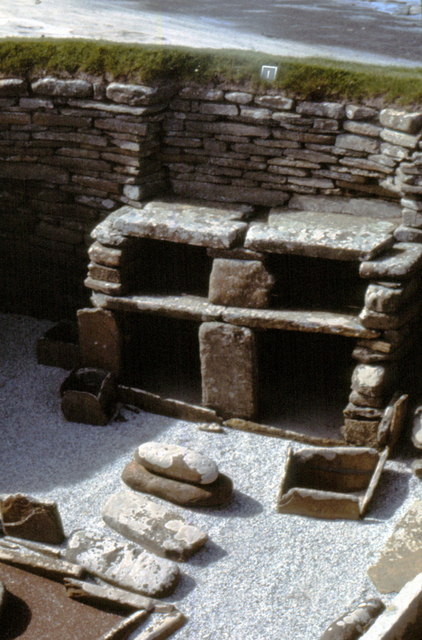
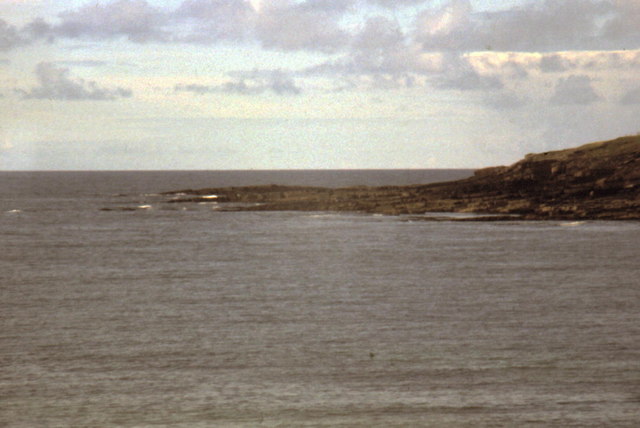
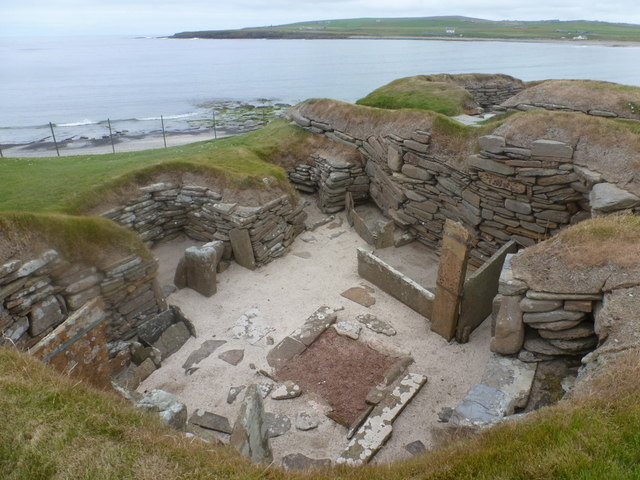
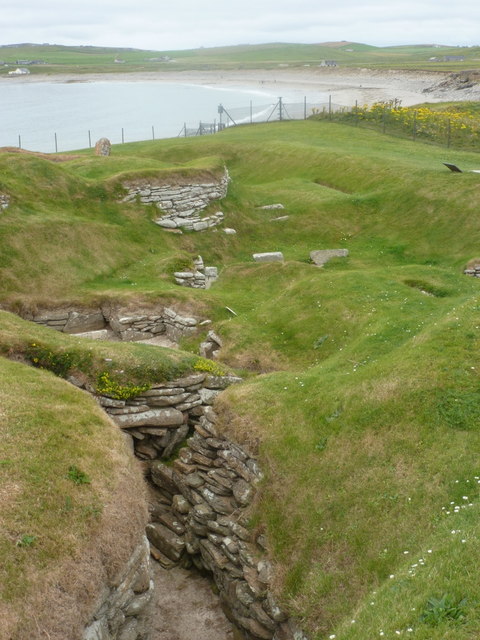
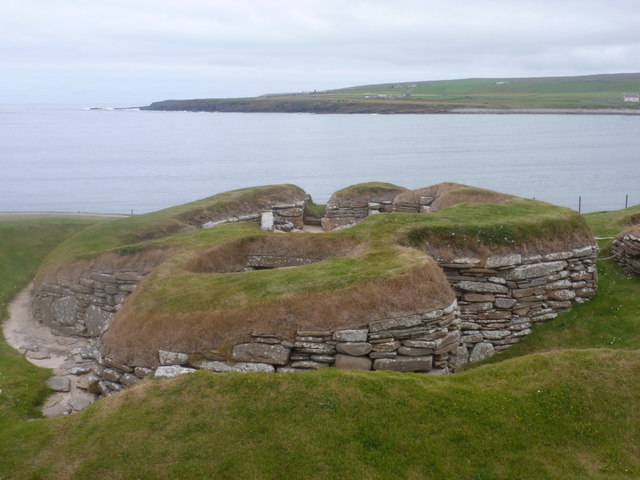
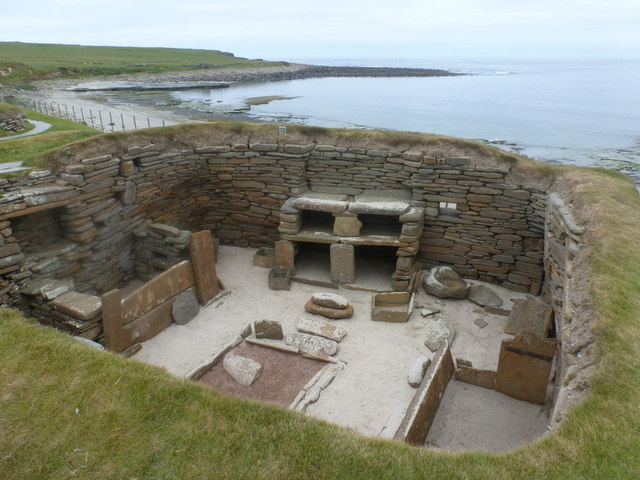
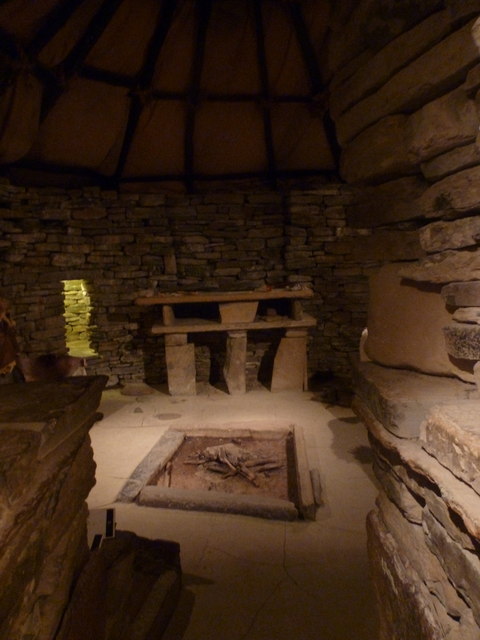
Cruban is located at Grid Ref: HY2218 (Lat: 59.042213, Lng: -3.3543082)
Unitary Authority: Orkney Islands
Police Authority: Highlands and Islands
What 3 Words
///inclines.hairpin.unsightly. Near Sandwick, Orkney Islands
Nearby Locations
Related Wikis
Skara Brae
Skara Brae is a stone-built Neolithic settlement, located on the Bay of Skaill on the west coast of Mainland, the largest island in the Orkney archipelago...
Skaill House
Skaill House is a historic manor house in Sandwick parish on Mainland, the largest of the Orkney Islands, Scotland. The house overlooks the neolithic site...
Broch of Borwick
The Broch of Borwick is an Iron Age broch located on Mainland, Orkney, Scotland (grid reference HY22411678). It is a scheduled monument. == Location... ==
Bay of Skaill
The Bay of Skaill (from Old Norse Bugr Skála) is a small bay on the west coast of the Orkney Mainland, Scotland. == Visitor attractions == Bay of Skaill...
Loch of Skaill
The Loch of Skaill is a small somewhat triangular, freshwater loch in the parish of Sandwick, Orkney on Mainland Orkney, Scotland. It lies 0.5 mi (0.80...
Yesnaby
Yesnaby is an area in Sandwick, on the west coast of Orkney Mainland, Scotland, south of Skara Brae. It is renowned for its spectacular Old Red Sandstone...
Sandwick, Orkney
Sandwick (Old Norse: Sandvík; Norn: Sandvik) is a parish on the west coast of Mainland, Orkney, Scotland, 4 miles (6.4 km) north of Stromness.The parish...
Voy
Voy is a settlement in the Orkney Islands of the north of Scotland. Voy is within the parish of Sandwick. The settlement is 3 miles (5 kilometres) north...
Related Videos
North Atlantic Coastline
Epic cliffs on the Western side of Mainland, Orkney with views over the North Atlantic Ocean. Only walked around 2.5 miles from ...
Kirkwall - Cliffs of Yesnaby (MSC Preziosa Excursion)
VISIT OUR PARTNERS ⬇️⬇️⬇️ Need a place to stay? https://www.booking.com/index.html?aid=7918045 And how ...
Sea Cliffs On History Visit To Yesnaby West Coast Mainland Orkney Islands Scotland
Tour Scotland short 4K travel video clip of the sight and sounds of waves on the sea cliffs on history visit and trip to Yesnaby an ...
Nearby Amenities
Located within 500m of 59.042213,-3.3543082Have you been to Cruban?
Leave your review of Cruban below (or comments, questions and feedback).
